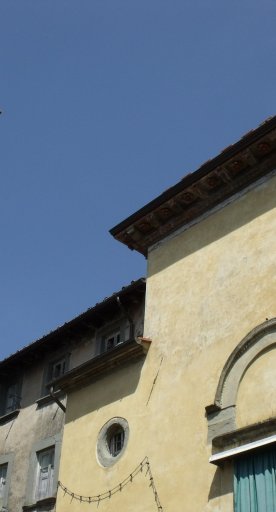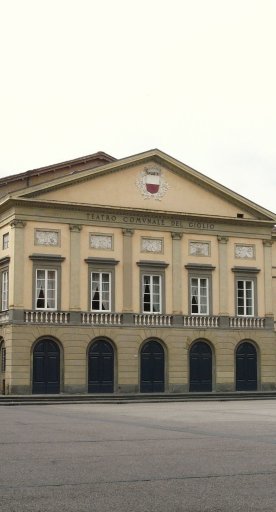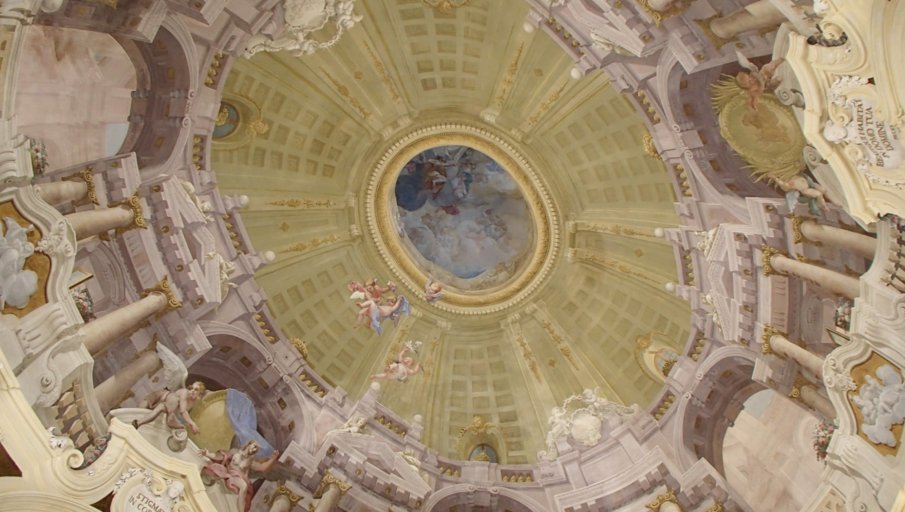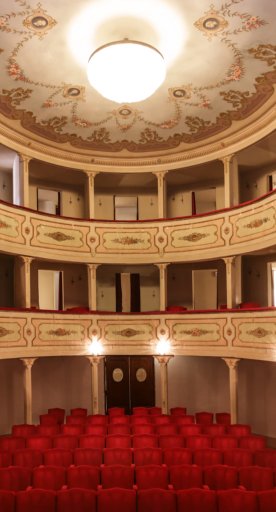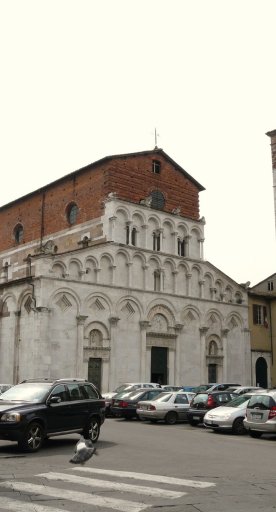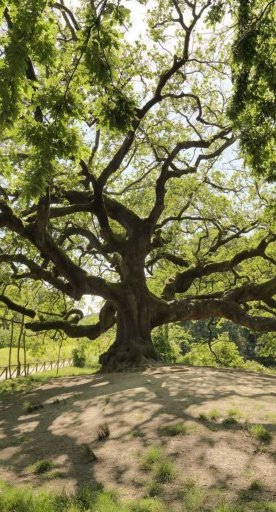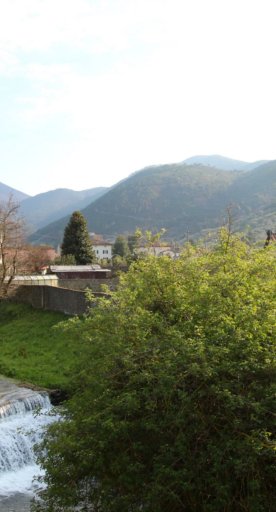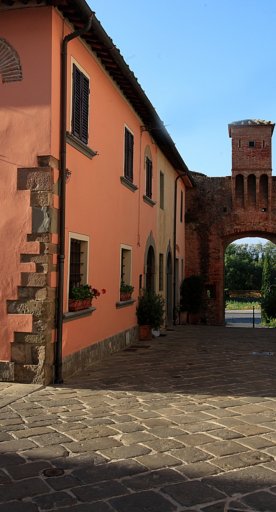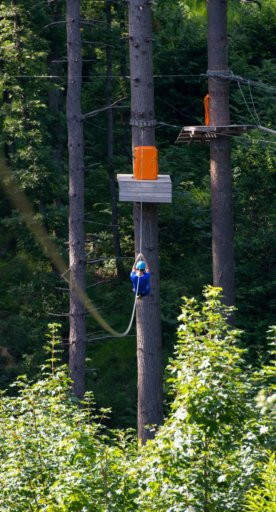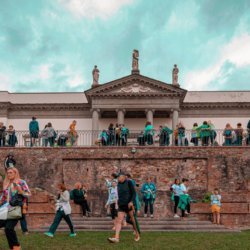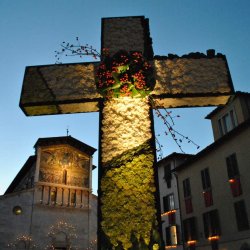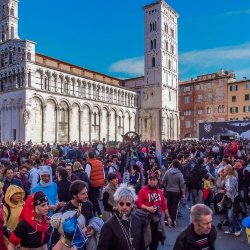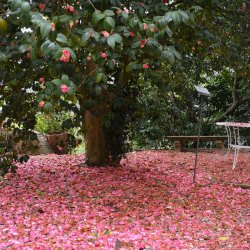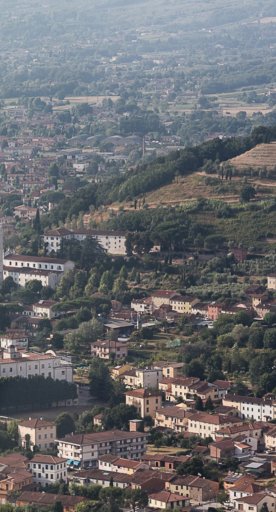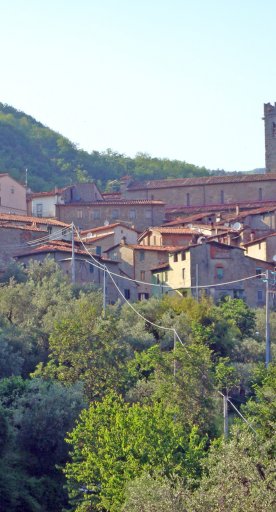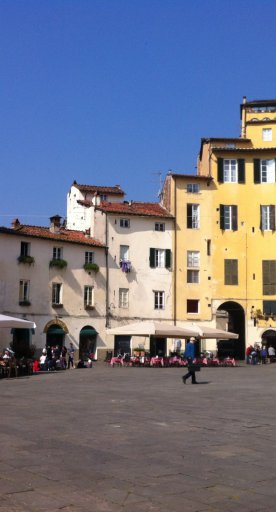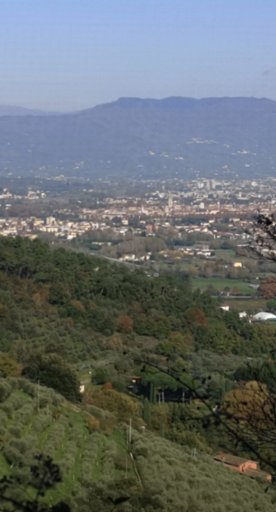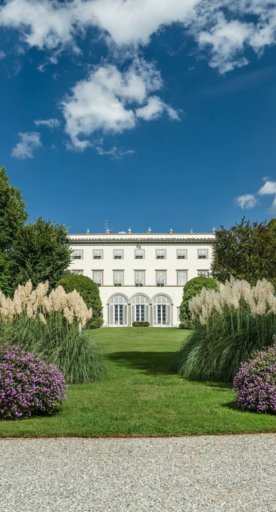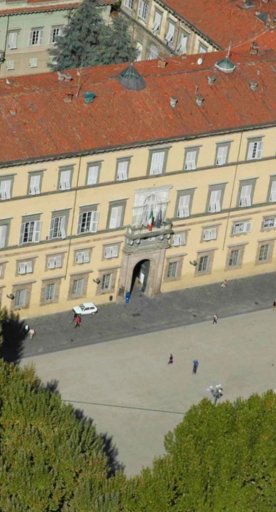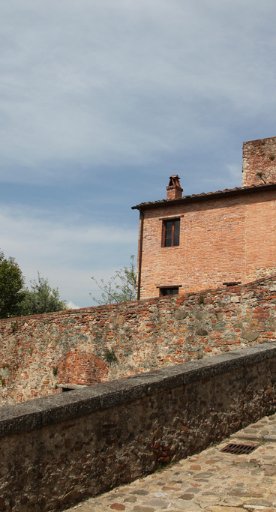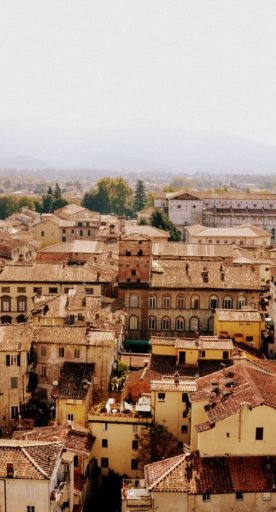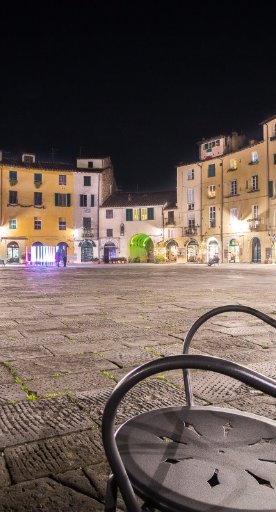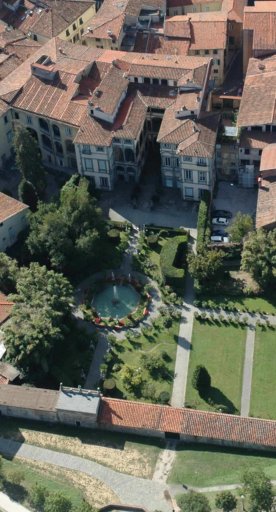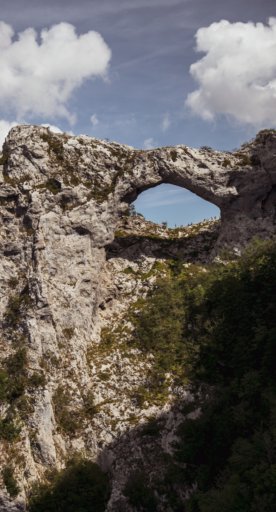Piana di Lucca
The beauty of Lucca with its historic center, villas surrounded by stunning gardens and delicate camellias of Compitese
Piana di Lucca (the Plain of Lucca) is a land of eventful landscape, a landscape shaped by the bends of the Serchio River and dotted with medieval towns. The heart of this elegant territory is Lucca, famous for its perfectly-preserved defense walls and for its “100 churches”. Walking through the historic center, which has remained intact over the centuries, the spirit of authenticity hangs in the air. From one alleyway to the next, visitors can admire architectural gems, such as the churches of San Frediano and San Michele or the Cathedral of San Martino, where the celebrated funerary monument of Ilaria del Carretto and the Holy Face, the oldest wooden statue in the entire West, are kept. Amongst the attractions worth seeing, there are Piazza dell’Anfiteatro, built atop the ruins of a Roman amphitheatre, and the Guinigi Tower, at the top of which sits a small “forest” of oak trees.
For those who love exploring green gardens, there’s another must-see destination in this area: the stunning Lucchesia villas. Surrounded by hills, these "countryside palaces" were built by wealthy merchants of Lucca from the 15th century onward to be lavish residences immersed in luxuriant gardens, embellished by parks curated down to the smallest detail. Spectacular for lovers of the genre are the blooming camellias, a feature that has made these gardens unique. In the Municipality of Capannori, in Pieve e Sant’Andrea di Compito, this elegant flower is dedicated the Ancient Camellias of Lucchesia exhibition, an appointment that has become a must-attend.
Worth visiting is the small town of Villa Basilica, on the slopes of the Pizzorne plateau, a cluster of small houses that create uniquely styled alleys and squares and where, thanks to the precious resource of water, iron and paper industries were extremely active.
Wine lovers will enjoy exploring the small village of Montecarlo, nestled in the hills and famous for the excellent wine produced by the many companies in the surrounding countryside. Wayfarers then will not fail to pass by Porcari, and its imposing white marble church dedicated to St. Giusto, and then by Altopascio which is well-known for its bread and has always been one of the most appreciated "spedali" (hospital) on the route of the Via Francigena.

